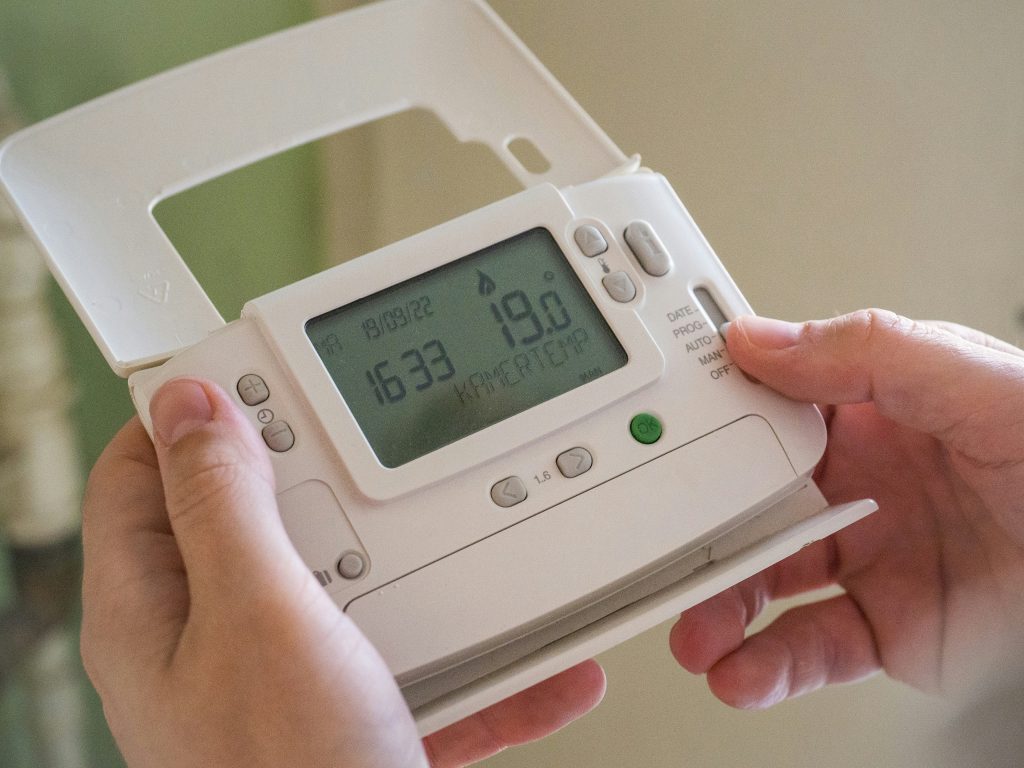
We are experiencing another clutch of increasing household and business costs, which all kick in from the beginning of April (Council Tax for an average Band D property will increase by 5% to £2,171. Average household and business water and sewage bills will rise by around 6%. It is also the case that most broadband deals and mobile phone contracts will rise from the first of April by around 7.9%. Additionally, car tax and even first-class stamps will increase). What however is good news for many of us, is that energy bills will fall from 1st April to their lowest level for 2 years. The regulator OFGEM is reducing its price cap by 12.3%, which will mean that there will be an average reduction in energy bills of around £20 per month. All this is because of cheaper wholesale prices.
It was a shock to many of us when our energy bills quite literally ran out of control. What we thought had been a well-controlled and regulated market suddenly rocketed from around 0.50p a Therm to a height of around 600p per Therm. The latest reductions do not get us back to where we were as they are now around 0.70p a Therm. To try and explain why this huge spike occurred, it is worth reminding ourselves how quickly cost increases can happen. In the gas market around 2018/ 2019 Russia supplied about 35% of the European/ UK market. This was before the pandemic and before Russia became an international paruria, with its invasion of Ukraine. Today, Russia still provides some market demand, but this has reduced to only 6%, through illegal exports and a fleet of “ghost” ships.
There is a complicated set of reasons why this change has come about and who is filling the gap. Part of this is to do with unseasonably warm winter weather, part because of better demand management through Smart Meters , and part through lower usage in response to climate change initiatives. The majority of the gap has been filled by the United States. Prior to the Ukraine invasion, the US had a 1% share of the combined European/ UK market. Today, they supply around 19%. All of which comes through shipments of liquified natural gas. This is sourced from shale gas fields. The gas extracted is cooled and compressed into a liquid. The UK has geared up for this and now has huge capacity to accommodate the cargo vessels who carry this product. There is perhaps an irony here, as the majority view in the UK is that fracking would be a bad thing for this country. The fact however is that much of our home heating and hot water is coming from fracked wells. The American investment in this market involved the development of huge liquefaction plants and gasification terminals. Most of these were developed on America’s Gulf of Mexico Coast, as they were intending to supply Asia. The increased demand from Europe and the UK meant that these tankers were diverted to supply our shores.
This only serves to demonstrate what a huge conundrum there is in the global energy market. We are a tiny fraction of this overall equation. The fact however is that this price reduction has come at an important time for many of our energy intensive businesses. During the price surge, I dealt with many businesses particularly in the restaurant trade whose bills had gone up from say £3,000 per annum to £30,000. Many are still having to deal with the impact of this and the burden of debt accrued during this period is still distracting from investment in new plant, equipment, and staff. Nevertheless, this is an important moment. Reduced energy bills, together with rapidly reducing inflation and hopefully shortly reductions in bank lending rates, give many of our struggling small businesses a lifeline as we move towards our more profitable time of the year with the tourist trade about to spring into life.









